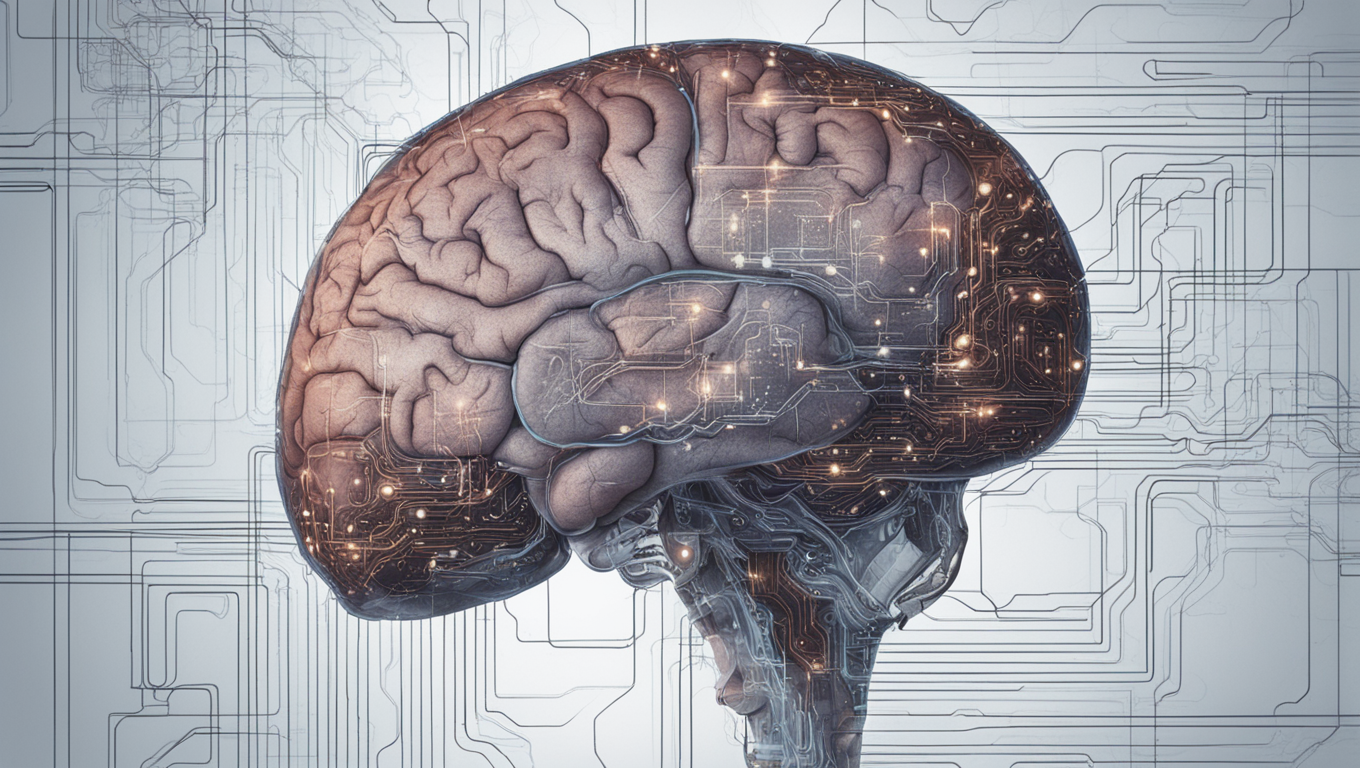Scientists at the University of Cambridge in the U.K. have made an astonishing discovery: they’ve created an artificially intelligent system that mimics the tricks used by the human brain to solve specific tasks. This breakthrough not only opens up possibilities for more efficient neural networks in the field of machine learning, but it also offers new insights into the inner workings of our own brains.
The team at Cambridge were taken aback by the results of their experiment. They found that by imposing physical constraints on their AI system, similar to those that shape the human brain, it began to use familiar methods to solve the given task. As co-author Duncan Astle explains, “It’s harder to wire nodes that are far apart, so this simple constraint forces artificial systems to produce some quite complicated characteristics.” These characteristics resemble those found in biological systems like the human brain, which suggests a fundamental reason for our brain’s organization.
The researchers created a simplified version of the brain in their artificial system, using computation nodes as a stand-in for neurons. They asked the system to perform a maze task that required multiple inputs and information processing to solve. Remarkably, the AI system displayed an internal structure and function similar to the human brain. It showed a “brain-like” and energy-efficient internal wiring, and the signals created by its neurons to send information across the connections closely resembled those observed in real brains.
Jascha Achterberg, a computational neuroscientist involved in the study, expressed surprise at the findings, stating, “The AI system that we create in our work is similar to the brain in many ways.” He emphasizes that the system’s internal structure and function closely resemble those of the human brain. This similarity suggests that the brain’s organization and communication methods are highly efficient.
The implications of this research are far-reaching. The team hopes to use their AI system to understand how different constraints contribute to the variations we see in the human brain, especially in individuals with cognitive or mental health difficulties. By studying artificial brains, they can explore questions that would be impossible to investigate with real biological systems.
John Duncan, another co-author, highlights the potential of artificial brains in understanding complex data recorded from real neurons. He explains, “These artificial brains give us a way to understand the rich and bewildering data we see when the activity of real neurons is recorded in real brains.”
Moreover, the findings from this study could significantly impact the development of more efficient AI systems that deal with large amounts of constantly changing information while having limited energetic resources. Danyal Akarca, one of the study authors, suggests that neurobiology will provide inspiration for achieving this goal. The overall wiring cost of the AI system they created is much lower than in typical AI systems, which could lead to significant advancements in energy-efficient computing.
Looking ahead, Achterberg speculates that as robots deployed in the physical world face challenges similar to our own, their brains may start to resemble our own. Processing new information while controlling the body’s movements and balancing energetic constraints are tasks that many systems will have to undertake. Consequently, a brain structure akin to ours may be necessary for AI systems operating in the real world.
Ultimately, this groundbreaking research sheds light on the elegance and efficiency of the human brain and offers promising avenues for advancing AI technology. By learning from nature’s design, scientists can create more intelligent and resourceful systems that mimic our very own mental processes.





Use the share button below if you liked it.